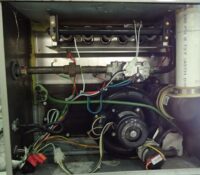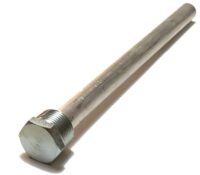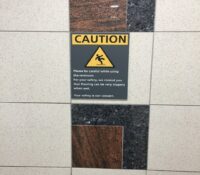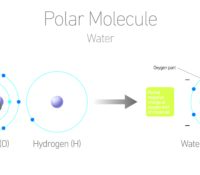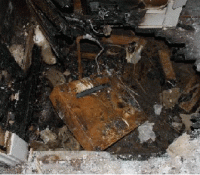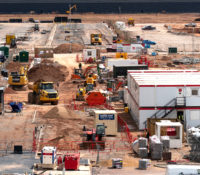Hot ’til It’s Not Part II – Heating System Maintenance
As cold weather sets in for those of us that actually get a winter in the Northern Hemisphere, a property owner needs to think about another expensive home system that is often taken for granted, your HVAC system.
Whether you have a heat pump with electric backup, a gas fired furnace, a fuel oil fired furnace, or even electric strip heat, your heating system requires some routine attention to maximize efficiency and get the most life out of the unit.
As a homeowner, the easiest and cheapest thing you can do to maximize the efficiency of your heating system is Read More



